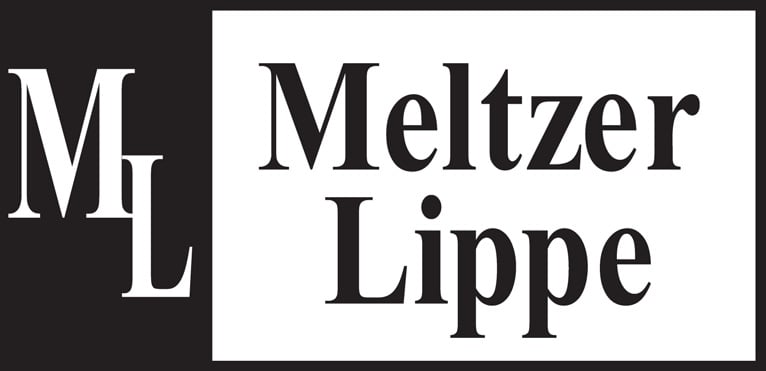New York City has recently increased enforcement of NYC Local Law 1 against building owners and property managers who do not comply with New York City’s lead paint laws by issuing Record Production Orders (RPOs) and violations. In addition, the New York State Attorney General filed an enforcement action against a property management company under NYC Local Law 1. If you have buildings that are subject to NYC Local Law 1, we strongly recommend that you review your company’s compliance with this law. Meltzer Lippe can assist in this review, responding to RPOs, assessing areas in need of correction to bring your company into future compliance with NYC Local Law 1 and, if necessary, guiding building owners and property managers in connection with government proceedings and/or related private litigation.
This past Thursday, the New York State Attorney General filed a lawsuit in Bronx Supreme Court against Chestnut Holdings, a property manager with 134 buildings (over 60,000 residential units) in New York City, alleging violations of NYC Local Law 1, including failure to follow up if no response is received to annual notice, failure to conduct annual inspections of units with children under 6, failure to provide tenants with written results of any inspections that may have been conducted, failure to inspect for lead paint other than peeling paint (including chewable surfaces, deteriorated surfaces, friction surfaces and impact surfaces) , and failure to abate lead from friction surfaces on windows and door frames at turnover. The complaint further alleged fraud by Chestnut given that its leases contain certification of compliance with Local Law 1’s turnover requirements, when in fact these requirements have not been met, thereby misleading new tenants into believing the unit is safe from lead hazards. The Complaint alleges that Chestnut’s failure to comply with the law has put over 600 children at risk and seeks a penalty of $1,500 per violation (with multiple violations alleged per unit), disgorgement of the moneys Chestnut would have spent had it properly complied with the law’s requirements, and injunctive relief ordering Chestnut to identify and remediate all lead based paint hazards in units in which children under 6 reside.
NYC Local Law 1 (NYC Admin. Code section 27-2056), passed in 2004, requires landlords of buildings built before 1960 (or built between 1960 and 1978 if known to have lead based paint) to take certain actions to prevent lead poisoning in children, including providing tenants with annual notices, conducting annual inspections of units with children under 6, remediating or abating any chipped or peeling paint, and completely removing lead paint from door frames and window sills upon vacancy of an apartment. All work done must comply with safe work practices. Landlords are required to maintain records of this work for ten years and to provide certification to new tenants of the turnover work with the new lease. Failure to comply with these requirements is a Class C immediately hazardous violation subject to up to $5,000 civil penalty per violation and criminal penalties. The intention of the law was to eliminate lead poisoning in children, but given lax enforcement and compliance, children continue to be harmed, with 3,866 children in NYC identified with elevated blood lead levels in 2018 alone.
Until recently, the City has rarely enforced many of these provisions; for example, issuing only two violations of the abatement at turnover requirements prior to 2019. In 2019, however, the City Council resolved to compel the Housing Preservation & Development Department (HPD) to take enforcement more seriously, passing 10 new laws to strengthen Local Law 1 and providing HPD with additional budgeting for enforcement. The City created a new program called LeadFreeNYC, pursuant to which HPD has taken on numerous initiatives, including a resolution to audit at least 200 buildings per year for compliance with Local Law 1. To that end, HPD has begun to issue Record Production Orders to building owners to provide documentation of the past ten years of compliance with Local Law 1. Violations are being issued for failure to provide such documentation. Over 60 violations have already been issued for failure to provide documentation of abatement at turnover (compared to two in the past 15 years). Also, beginning in May 2020, building owners will need to certify compliance with Local Law 1 as part of their annual property registration.
In addition to the City and State, the US Department of Justice has been conducting parallel investigations into compliance with the federal Lead Disclosure Rule (LDR), including the requirement to provide a new lessee with the USEPA approved lead hazard information pamphlet and a lead disclosure of any known lead- based paint hazards and with the federal Renovation, Repair and Painting rule (RRP) governing safe work practices. Records of compliance with the LDR and RRP must be kept for 3 years. Violations are subject to civil penalties of up to $16,733 per violation, as well as criminal penalties for knowing or willful violations of the law.
